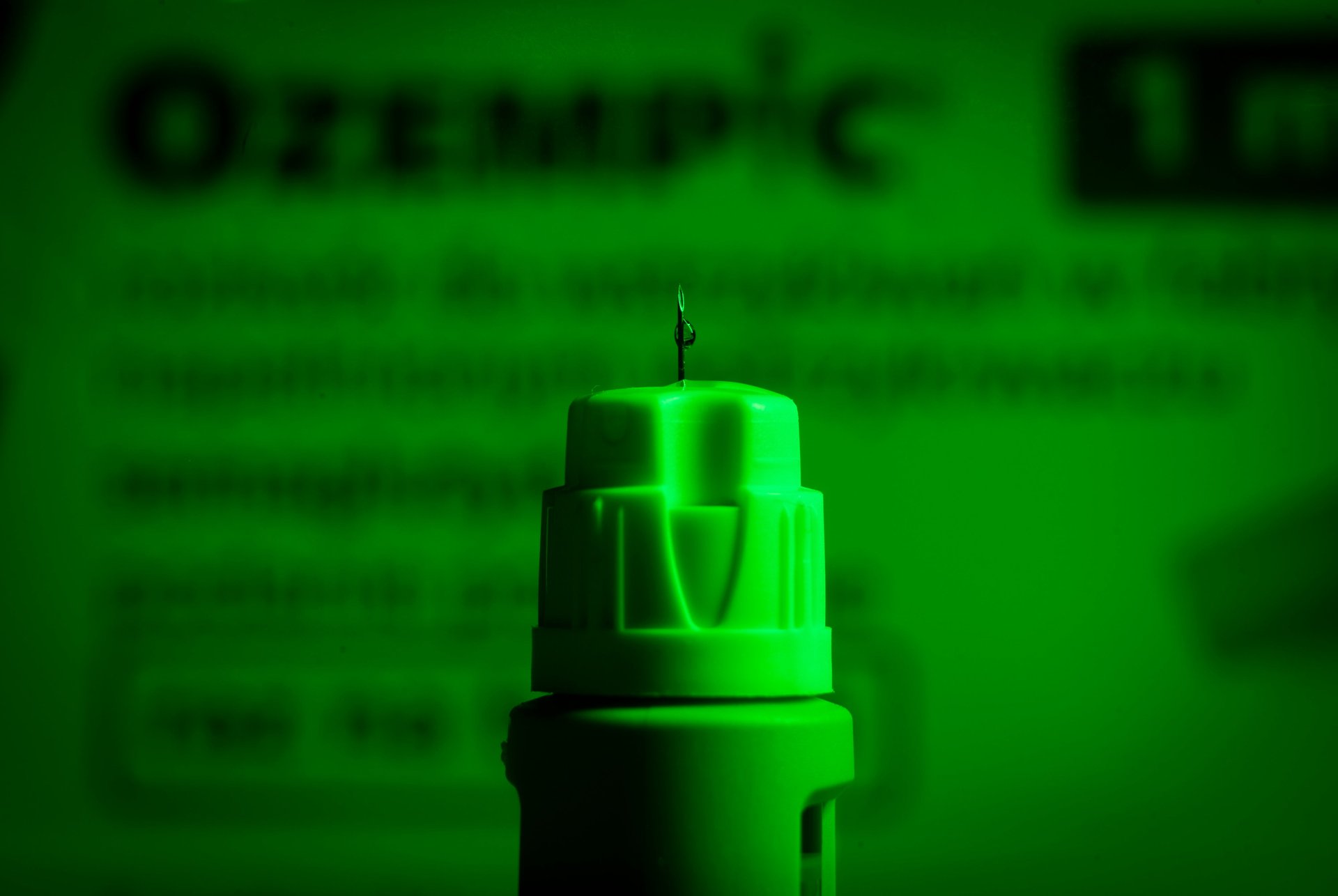A new stronger Ozempic is coming. Here's what to know
Novo Nordisk revealed more about CagriSema, its potential successor to the weight loss drug Ozempic

Novo Nordisk (NVO) teased some new details about a potential Ozempic successor during a call with investors Tuesday.
Suggested Reading
The Danish pharma giant fielded several questions from interested analysts about its next-gen GLP-1 medication CagriSema, regarding its efficacy, safety, and supply chain.
Related Content
Novo Nordisk is known for its blockbuster GLP-1 drugs Wegovy and Ozempic. These drugs mimic a hormone that regulates appetite and blood sugar and have become highly sought after as treatments for obesity and Type 2 diabetes. Demand for these medications has turned Novo Nordisk and its rival Eli Lilly (LLY), the maker of competing medications Zepbound and Mounjaro, into the largest pharma companies in the world.
Now, the company is working on a sequel.
Novo Nordisk is currently developing an even more potent obesity and diabetes treatment. CagriSema combines semaglutide, the active ingredient in Ozempic and Wegovy, with an amylin and calcitonin receptor agonist. Amylin helps regulate blood sugar levels, similar to GLP-1, while calcitonin controls calcium levels in the blood.
A previous early-stage clinical trial of CagriSema found it helped patients lose on average 15.6% of their weight over 32 weeks. For comparison, the highest dose of Wegovy led to an average of 15% weight loss after 68 weeks in clinical trials.
However, Novo Nordisk executive president of development Martin Holst Lange told analysts he has “confidence” that larger trials will show CagriSema will help users lose up to 25% of their weight. Lange said the company used data from previous trials to arrive at that number.
The company said that results for two late-stage trials of the drug are expected later this year and in the first half of 2025.
Novo Nordisk said the safety and tolerability of this new drug is expected to be similar to current GLP-1 drugs on the market, based on previous trials.
Novo Nordisk chief financial officer Karsten Munk Knudsen said the decision to externally outsource a component of the new drug was the “rational choice” based “on a consideration around capabilities and manufacturing footprints.”
He added the company is learning from its experience producing current GLP-1 drugs.
“We take historic learnings with us in terms of ensuring that we have a resilient setup into the future for external sourcing approaches,” Knudsen said.
In the past few years, Novo Nordisk has failed to produce enough GLP-1 meds to meet demand, which has resulted in shortages. The company is now investing billions to increase its manufacturing capacity.